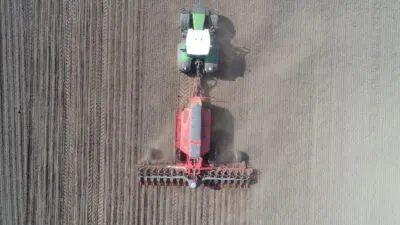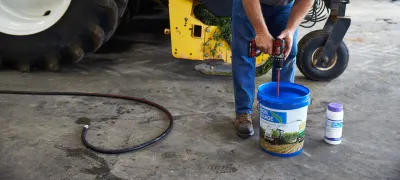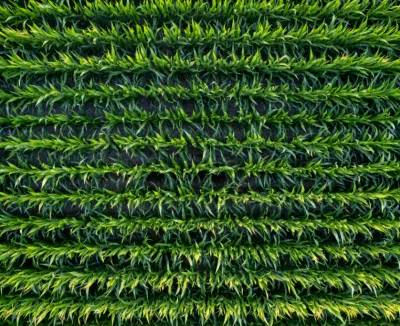Successful farming is largely about mitigating risk.
With so much out of your control —weather events, pests, mechanical failures, etc. — the window for victory in the field isn’t a large one. But you can widen that window by planting cover crops.
They say that the only luck you have is the luck you make, and that is certainly true in farming. The more you work to limit potential risk, the “luckier” you’ll be. And one way you can create your own “luck” is by managing the conditions of your fields in the offseason. Planting cover crops is an important way to set yourself up for success come planting season. Consider it “creating your own luck.”
Why Cover Crops?
Planting, growing and harvesting silage –especially corn silage— is hard on the soil. Post harvest, that ground is largely unprotected unless you proactively do something to provide protection. Cover, if you will. Bare, unprotected soil dries out quickly, making it exceedingly prone to erosion from wind or water. You run the risk of losing nutrients like nitrates and phosphorus that are essential for plant growth, unless you count weeds, which can be a nuisance next season. But a cover crop can solve many of these issues while acting as a secondary forage source.
Cover Crops Save You Money
A good cover crop pays for itself in multiple ways:
- It reduces the need for fertilizer. By protecting the nutrients in the soil, there is less of a need to add nitrogen and phosphorus manually. Cover crops don’t cut out the need to fertilize entirely, but they can cut down a field’s reliance on them.
- Cover crops also reduce herbicide use. Again, they don’t eliminate the need for herbicides, but they can do a lot of the heavy lifting in the offseason by cutting down the weed count in a bare field. If you have a cover crop growing, there’s much less room and resources for pesky weeds to take root and invade your field, cutting down the time and money you spend eliminating them next year. They also keep the soil healthy by creating conditions for healthy microbial life, which makes it harder for disease and other pests to thrive.
- You can also reduce the need for pesticides with a cover crop, at times. The right cover crop can attract insect predators, which can drastically reduce the need to treat those leafeaters that appear later.
- If you plant a forage-suitable cover crop, like cereal grass, ryegrass or even oats, you inherently cut down on silage costs.
None of these cost-saving measures provided by cover crops are bank-breakers alone, but as we said in the beginning, every little thing you can do to widen your success window and mitigate risk can help.
Cover Crops Set Next Season Up For Success
The math is simple. If your soil is healthier, your crops will have a greater chance at success and your yields will be greater. Cover crops make the soil healthier by enhancing nutrient counts, preventing over-compaction of the soil which in turn helps filter excess water throughout the field, adding organic material (think natural fertilizer) and simply creating a better environment soil for next season’s crop to grow.
Better soil. Extra food for your cows. An opportunity for greater yields. Why wouldn’t you plant a cover crop?
If you have questions about what kind of cover crops to plant, or any questions at all about soil health or best practices for forage growth, your BONSILAGE expert is on hand to help. Schedule a call here.



